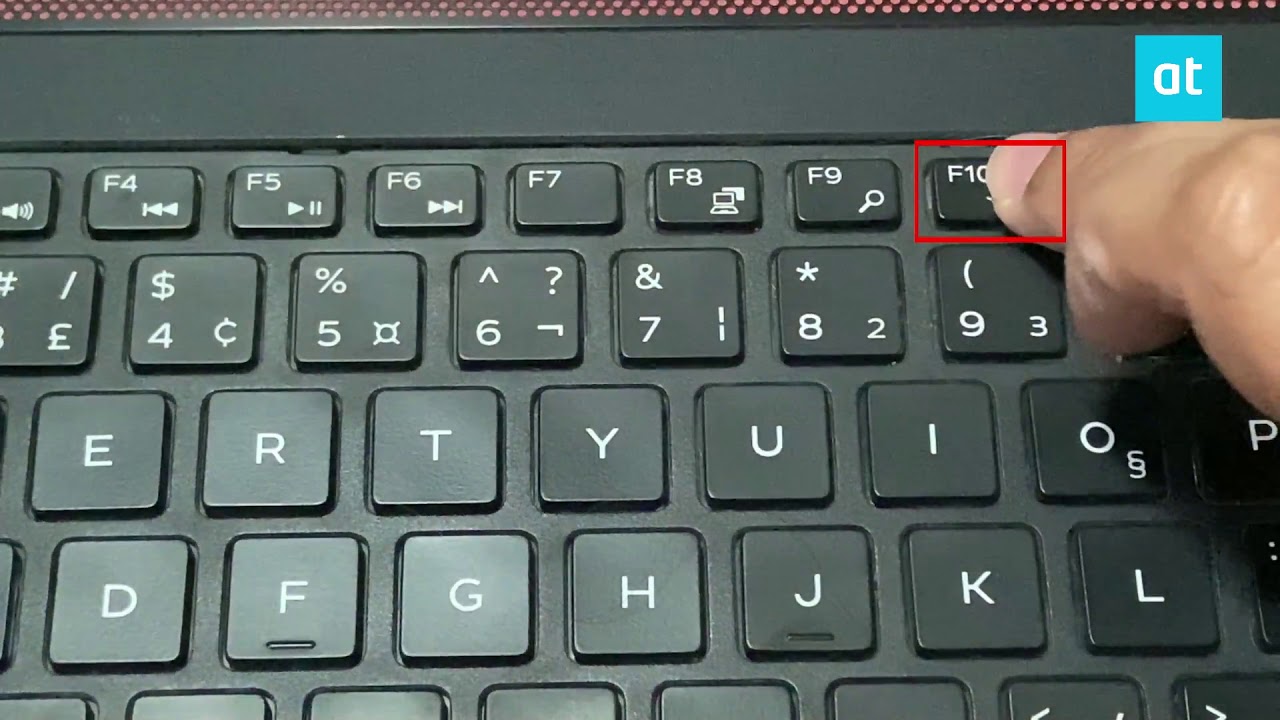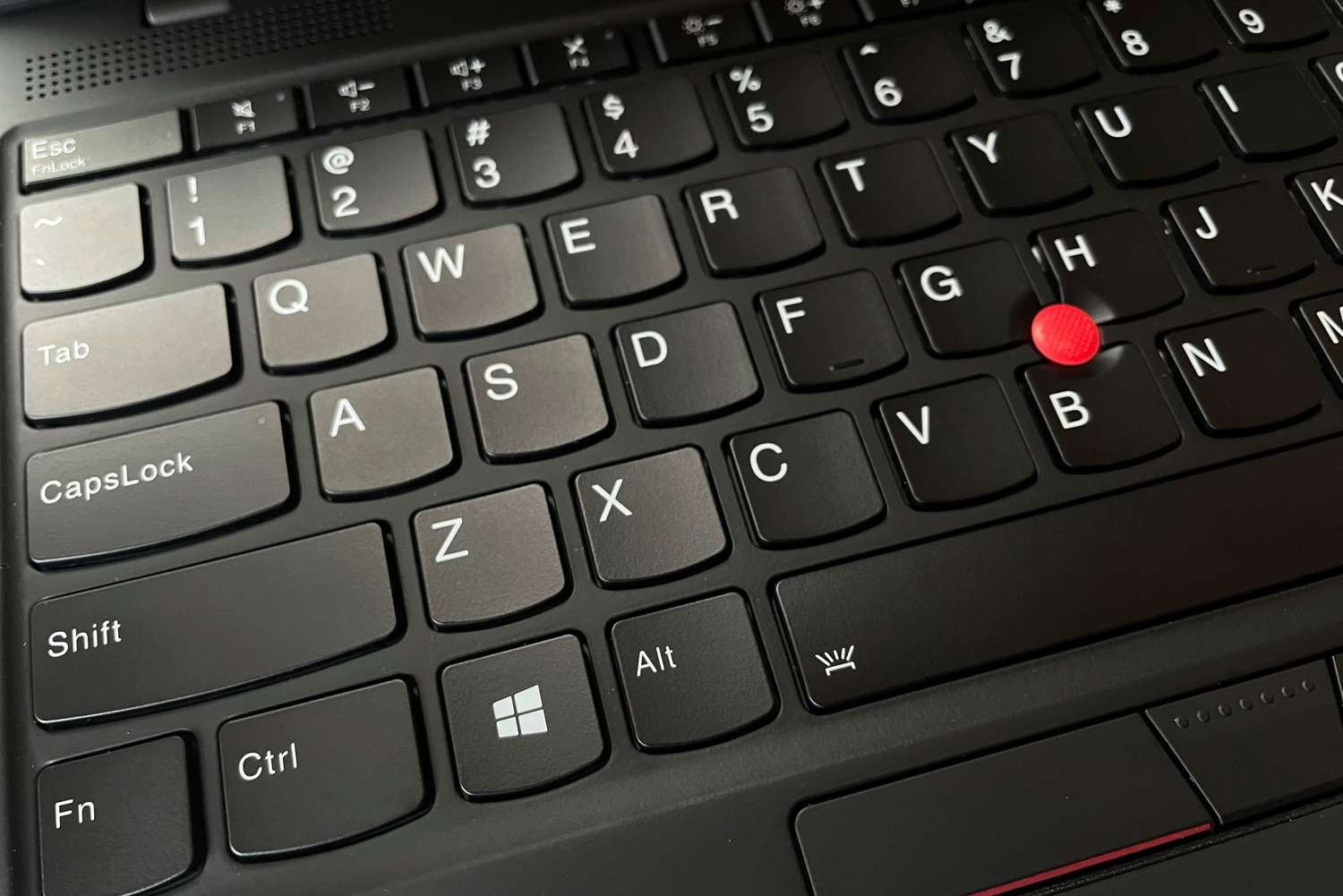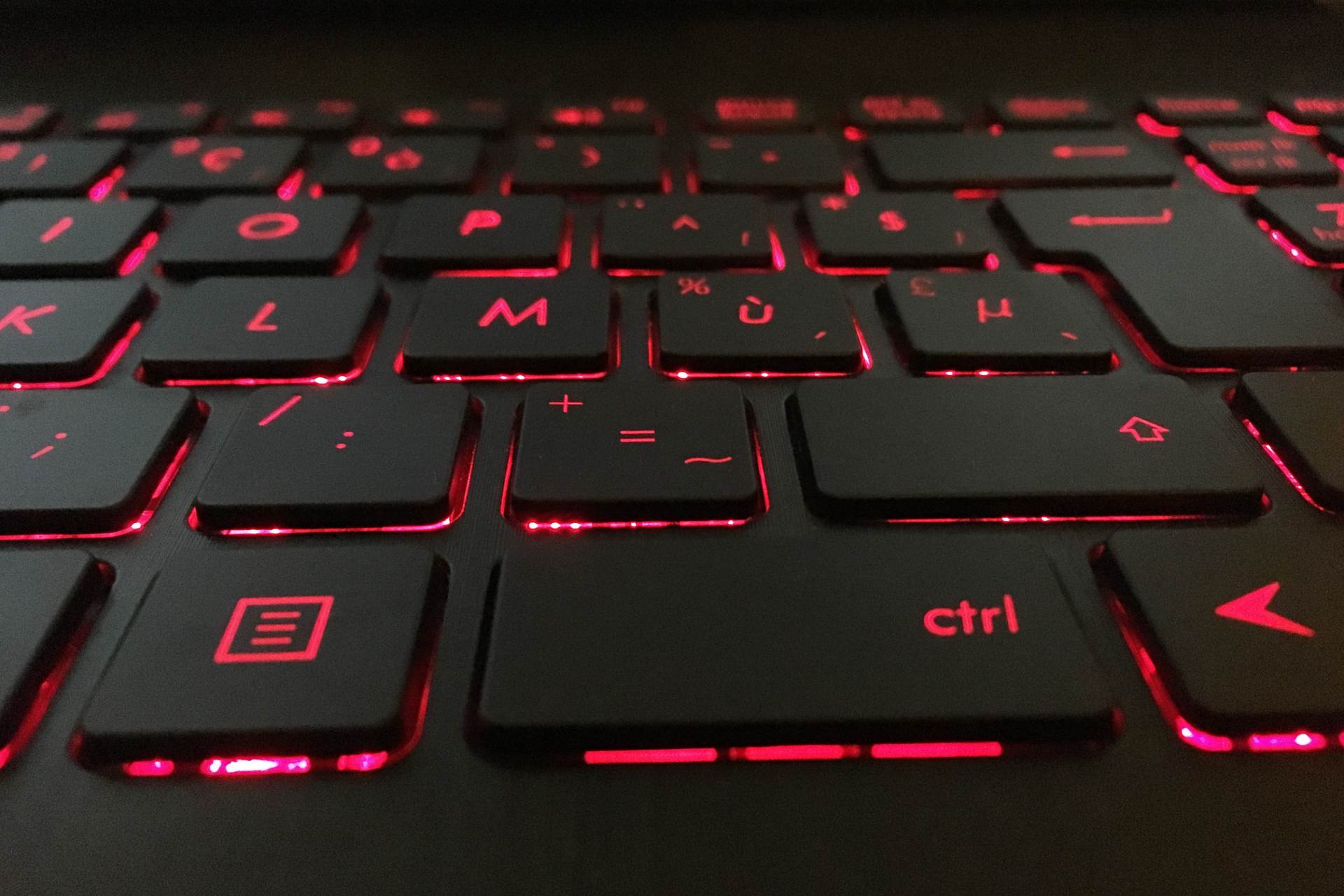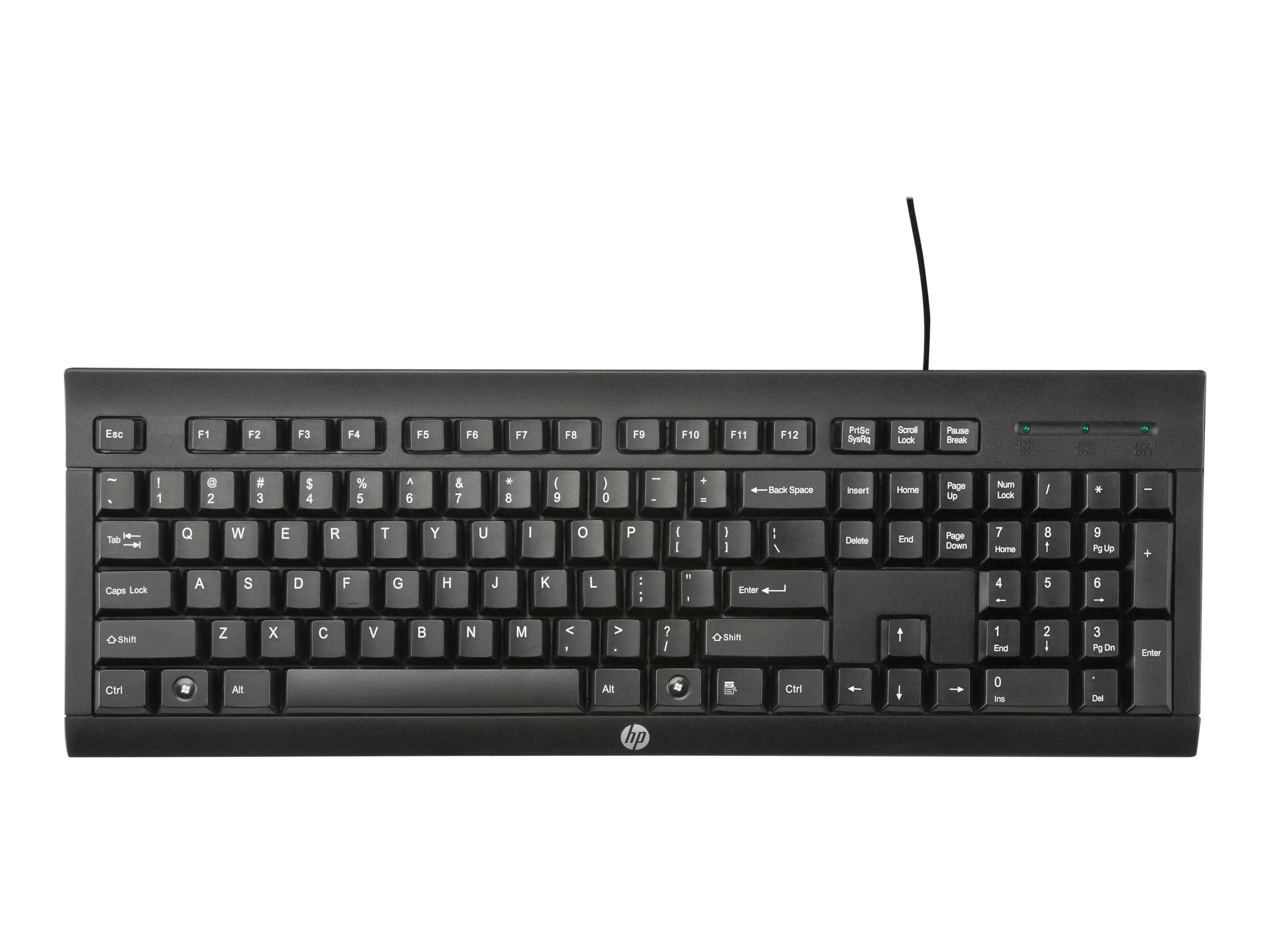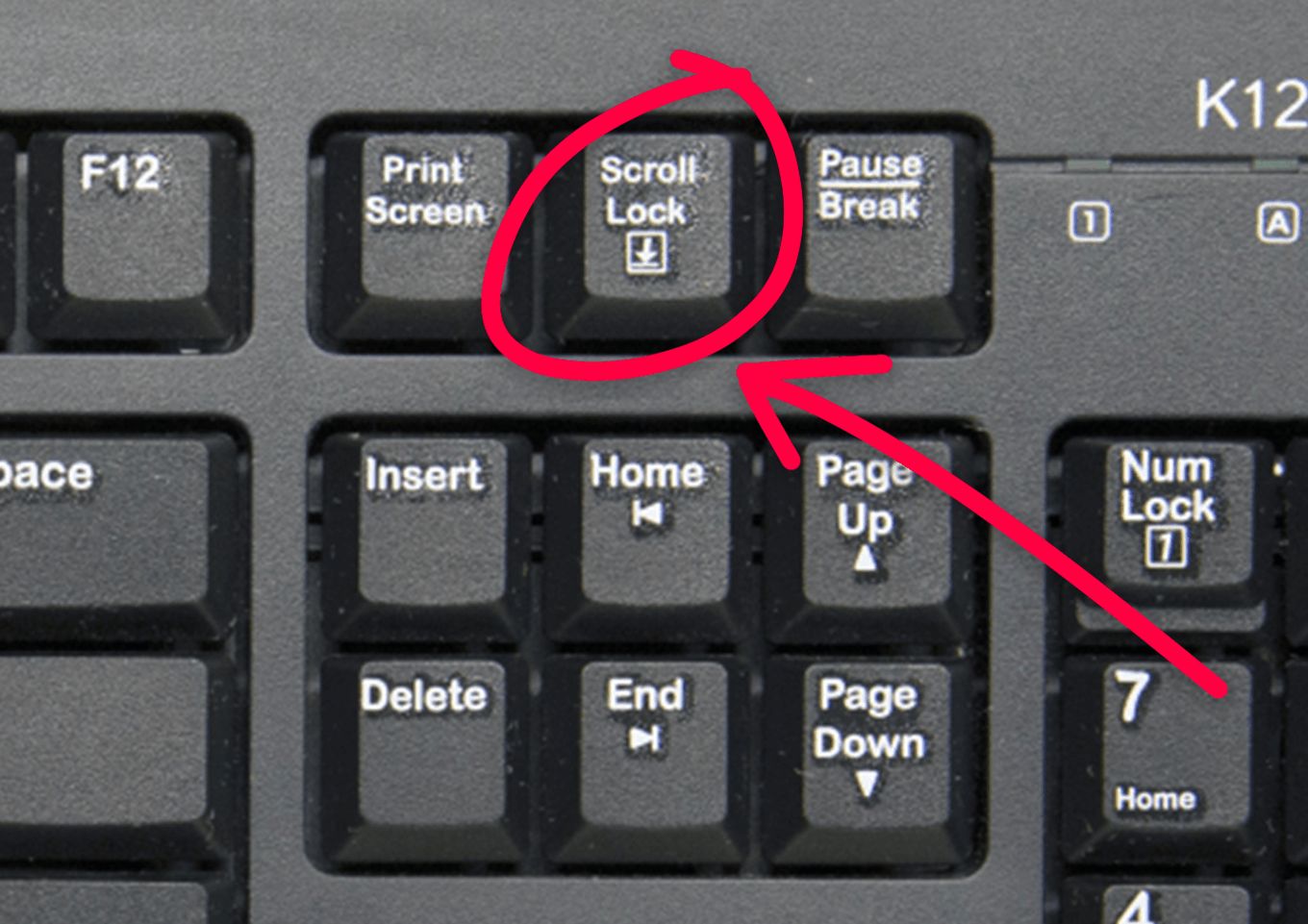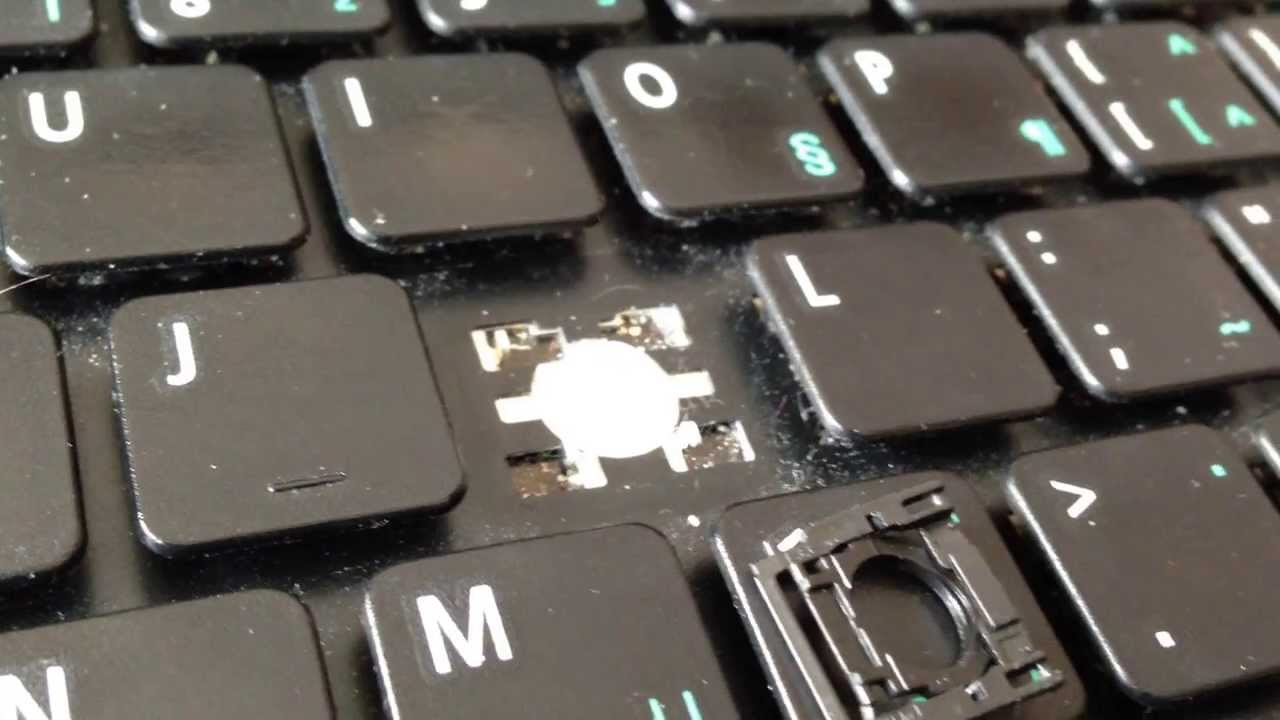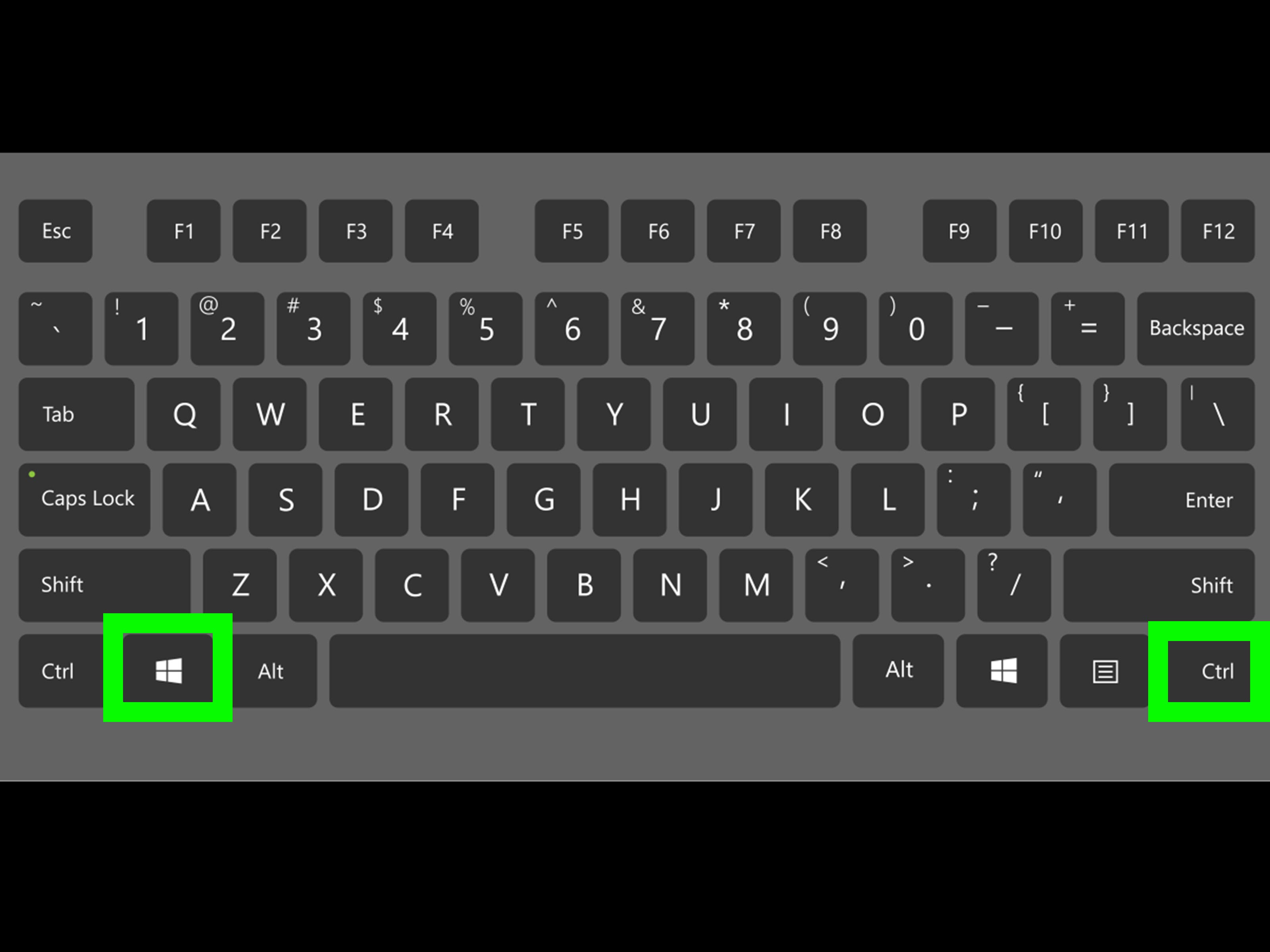If you work while you travel, owning a laptop computer is the best investment you can make. With a built-in keyboard and touchpad, it’s the perfect alternative to sedentary and chunky desktop computers that are impossible to travel with. You’ll have no problem getting through the day’s work as it allows you to perform essential tasks such as writing, coding, and editing photos and videos without any issues. But what would you do if, all of the sudden you find the laptop keyboard not working?
In this article, we’re laying down all the possible reasons why your laptop keyboard is not working, including methods for addressing the issue.
Summary
- Understanding Keyboard Mechanism
- Possible Reasons
- How to Fix Laptop Keyboard Not Working
- How to Solve Software-Related Issues
- How to Solve Hardware-Related Issues
- How to Clean Your Keyboard
- Final Word
Understanding the Keyboard Mechanism


Before we dive into the possible reasons why your laptop keyboard is not working, you must first acquaint yourself with its general mechanism. So, what is a keyboard and how do you operate one?
A keyboard is a primary input device used to enter data into a computer. It’s made up of several keys that represent letters, numbers, symbols, and other vital functions. While most keyboards are identical to one another, some employ special features such as multimedia keys, power buttons, palm rests, and more. Depending on the type of keyboard, certain features may be present or omitted.
Types of Keyboards
There are multiply keyboard categories that function according to a specific purpose. One common keyboard type is a mechanical keyboard that features keycaps with mechanical switches underneath. You can quickly identify this type as it produces a resounding click sound when you push a key. This type is commonly found with desktop computers since it occupies more space and utilizes an expensive design.
There’s also the chiclet-style, which is the most common type of keyboard found on laptop computers. The keys are flat, elevated, and don’t slope off around the edges to create an impression of gaps between the keys. Cleaning is much easier with a chiclet-styled keyboard compared to the mechanical type.
On the other hand, the traditional type employs keys that are placed firmly into one another with each key edge sloping off. The space between keys measures about a millimeter, and it can be entirely removed from the device to be replaced by a single piece.
Your laptop keyboard keys perform a lot more than just type letters and numbers. They also deliver several functions that make any task faster and more comfortable. A laptop keyboard also possesses a different layout compared to the desktop keyboard. Hence, familiarizing yourself with its unique features and functions allows you to determine and diagnose the problem if your keyboard is not working correctly.
Possible Reasons Why Your Keyboard is Not Working
There are a ton of reasons why your laptop keyboard keys are not working. It may be due to a malfunctioning keyboard driver, wrong settings, or maybe your keyboard just needs a thorough cleaning. If you’re unsure of the root cause of why your keyboard is not working, don’t fret. Here’s a comprehensive list of possible reasons why your keyboard isn’t functioning the way you want to.
1. Faulty keyboard drivers
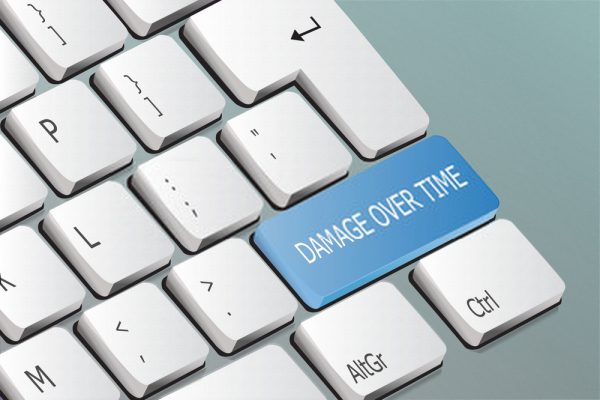

Having faulty keyboard drivers is one of the most common reasons why a laptop keyboard is not working. This issue usually happens when you installed third-party software that dramatically affects your keyboard driver’s performance. Likewise, improperly shutting down your laptop and not going through the shutdown command can also be a reason for this.
2. Incompatible regional settings
There’s nothing more frustrating than having a keyboard that inaccurately produces the characters you’re trying to encode. For instance, it’s going to be pretty annoying if you press the F key and then a different character shows up on the screen, right? This type of issue consumes your time and patience while negatively affecting your typing speed and productivity both at home and at work.
3. Dirty keyboard
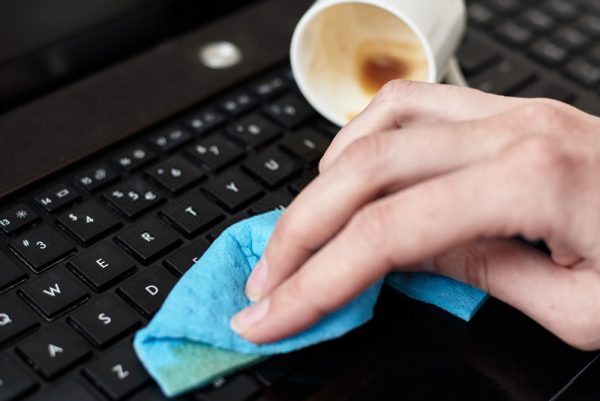

Keyboard keys not working? Then you might have a dirty keyboard. When dirt, oil, and other debris accumulate in your laptop keyboard, there’s a high chance that it will stop functioning. This issue usually occurs in people who often neglect computer maintenance. Like most devices, a laptop keyboard needs proper care to maximize its condition and functionality. Besides, cleaning a laptop keyboard is one of the most arduous tasks as it involves looking into small keys and crevices.
4. Bad connection
Does your laptop keyboard disconnect and then reconnect without any warning? Your hardware may be experiencing a bad connection to your laptop’s motherboard. Your keyboard may be working intermittently or cease to function altogether in some cases. This issue usually happens when the ribbon cable is loose.
5. Defective keyboard
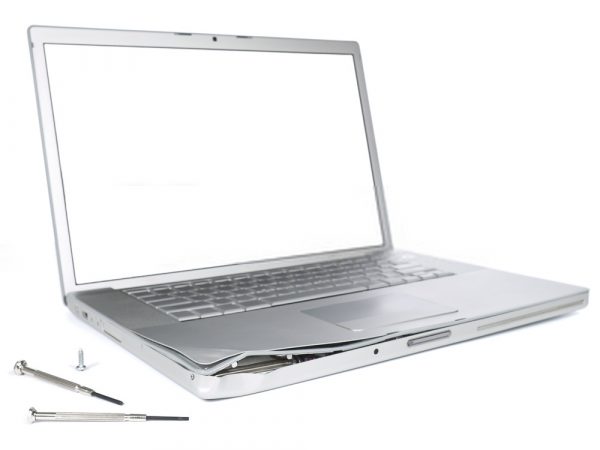

When your keyboard is defective, that means you won’t be able to make it work no matter how many troubleshooting techniques you perform. It’s a factory issue, and the best way to address it is to return your laptop to where you’ve bought it. With a valid warranty, you can have your laptop keyboard fixed in no time. However, make sure to back up your hard drive or remove it entirely before returning your item to the shop so that you still have your files with you when they open your device and replace the hardware. It’s better to be safe than sorry!
How to Fix Keyboard Not Working


We’ve laid down all the possible reasons why your laptop keyboard is not working. By now, you have probably figured out the most likely root cause of your predicament. If you’re still unsure whether the problem lies within the keyboard hardware or caused by a software glitch, then you can perform the following troubleshooting techniques to narrow down and diagnose your problem.
Restart your PC
Before attempting to fix anything, rebooting your laptop computer is the primary step to get things straight. Sometimes, it’s already enough to solve the issue of why your keyboard is not working. The best part is that you don’t need to have a functioning keyboard to do it. Just click on the ‘Start’ menu on your home screen, click the ‘Power’ button, then choose the ‘Restart’ option.
You don’t have to panic if your mouse or touchpad is also acting up. You can still restart your device by pressing and holding your laptop’s power button for a few seconds until the device shuts off. Press the power button once again to turn it back on and observe whether the problem has been solved.
Enter BIOS or UEFI
If the problem persists after restarting your device, then the next thing you want to determine is whether it is caused by the keyword hardware alone or a software glitch. To find out, you need to enter your computer’s BIOS. Here are the steps to do so:
- Reboot your computer. As your device boots, you need to press specific keys repeatedly to enter UEFI or BIOS. The keys you need to press depends on your laptop’s model. Usually, it’s ‘F2,’ ‘F8,’ or ‘Delete.’
- If you’ve successfully entered BIOS, then the problem is software-related. You’re dealing with a hardware problem if the BIOS doesn’t boot up.
How to Solve Software-Related Keyboard Issue
Is your Windows or MacBook keyboard not working? Do you suspect your keyboard is locked? Then, we might just have the solution for you. Here are some things you can do to solve any software-related keyboard issue:
Update your keyboard driver
In some cases, installing third-party software can affect your keyboard’s performance. Update your keyboard driver if this happens. Below are the following steps to successfully do so:
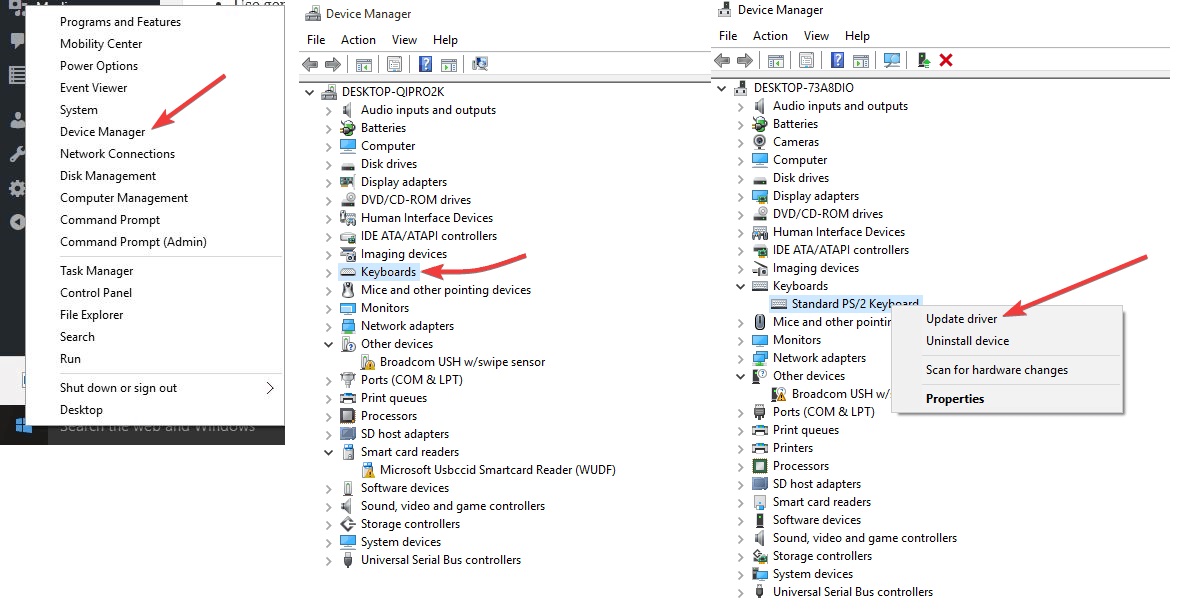

- Click on the ‘Start’ menu and open ‘Device Manager.’
- From there, look for the ‘Keyboards’ option and click it to expand the list.
- Then, right-click ‘Standard PS/2 Keyboard’ and choose ‘Update driver’ option.
- Reboot your PC after the update and check if your keyboard is working again.
- If not, click on ‘Uninstall Driver’ instead of the ‘Update Driver’ option and reboot once again. This time, your OS automatically looks for any generic drivers to match your keyboard and make it work again.
Adjust Filter Settings
Does your OS struggle in recognizing your keystrokes? Do you notice a delay between pressing a certain key and that character appearing on the screen? Modify your filter settings to solve the problem. Here’s how to do that:
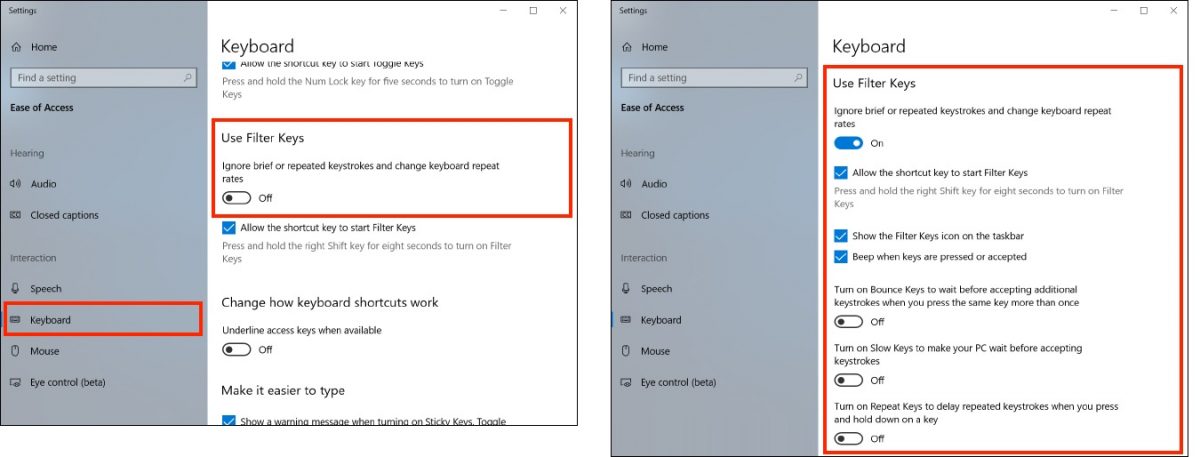

- Click on the ‘Start’ menu and type in ‘Ease of Access.’
- Click on ‘Make the keyboard easier to use.’
- Toggle off the ‘Filter Key’ option and uncheck the box, then press OK.
How to Solve Hardware-Related Keyboard Issues


If you cannot enter BIOS, chances are the problem is within your keyboard hardware itself. So what can you do to fix your keyboard when it’s not working? Refer to the methods below.
Remove the battery
Most laptops’ batteries reside under the keyboard. Usually, your battery can affect your keyboard’s functionality when takes on too much heat. When this happens, the best way to solve it is to remove your laptop’s battery (if it’s removable) and using the laptop using only the AC power without the battery. Replace your battery if your keyboard begins to work after this fix.
Bring it to the experts
If you’re not a tech expert, you can always bring it to the people who know how to diagnose and solve the problem. However, this method is pricier than the other techniques listed in this article but it sure does get your keyboard up and running in no time.
Clean your keyboard
A keyboard filled with dirt, dust, and grime is another reason why your laptop keyboard is not working. When this happens, all you have to do is to clean it. You can refer to the next section below to find out the best ways to clean a keyboard.
Best Ways to Clean a Keyboard
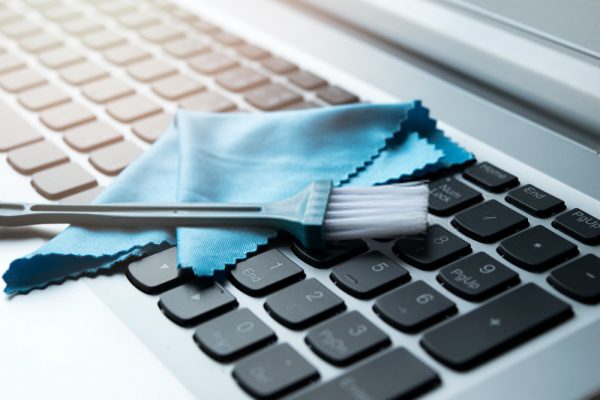

Typing is an everyday job that we do with our laptops. Whether you’re a gamer, a student, or a professional worker, our laptop keyboards play an essential role in getting our task done. Without it, it’s pretty hard to accomplish anything, particularly those that require data encoding.
Before we lay our hands to our keyboard, chances are we’ve held them to places covered with dust, grime, and oil. These things settle and build up deep within the hardware and between the keyboard keys, affecting its general performance over time. When this happens, you have no other option but to clean your keyboard thoroughly. After all, a dirty keyboard is also one of the reasons why your laptop keyboard is not working. Here’s a step-by-step guide on how to clean your laptop keyboard:
1. Turn off your laptop and unplug it from the power source
Before you do anything with your laptop, make sure to shut your laptop down through the power options menu and properly remove it from the power source. This way, you are protecting yourself from electric shock and accidentally pressing any key that could ruin your files and documents.
2. Turn your laptop upside-down and gently shake it to remove deep-seated dirt
Tilting your laptop upside-down and shaking gives you the ability to remove big dust and other debris lurking behind your laptop keys. While doing this, ensure that your laptop keyboard is facing downward to increase your chance of emptying loose debris.
3. Using compressed air, spray between the keys to remove dust
Using compressed air is another effective method in removing debris lodged tightly beneath the keyboard. When you spray it, the air force is enough to dislodge any dirt that’s settled deep down your hardware. Moreover, you can buy one at stores that sell home and office supplies.
Just make sure to tilt your laptop sideways and accurately point the straw between each key while spraying in short bursts. Do not hold the can upside down to avoid the propellant from getting on your keyboard, which causes further damage.
4. Use a soft brush to clean any debris
Using a soft-bristled brush is an excellent method in removing dust within a keyboard. However, before you can brush away all the dirt and grime, make sure to put your laptop upside down to avoid pushing the debris under the keys.
5. Use a microfiber cloth to wipe across the keys
Microfiber cloths are practical tools in cleaning your keyboard. Unlike most typical cleaning cloths, it can absorb more liquid and dirt without scratching the surface. You can also slightly dampen and microfiber cloths, but make sure to wring out the excess water to avoid having your laptop damaged.
6. Use a cotton swab/ball dipped in isopropyl alcohol to remove stubborn dirt
If you’re typing while eating finger-food snacks, there’s an increased chance of covering your fingers with oil. Removing oil from keycaps is a hard task, especially if you’re just using a cleaning cloth. You need to use cotton balls dipped in isopropyl alcohol to remove oily residue left by your fingers. Don’t worry; alcohol quickly evaporates more than water, making it the best and safest tool for cleaning your keyboard.
Fixed Keyboard — Good As New
There are plenty of complications that may prevent your keyboard to function properly. The key is to identify the problem and to fix it critically pertaining to the problem. While there’s without a doubt that it’s challenging to maintain and to keep your belongings in top-notch condition. But, it’s not impossible. All it takes is a little bit of care and some best practices to extend their lifespan.











